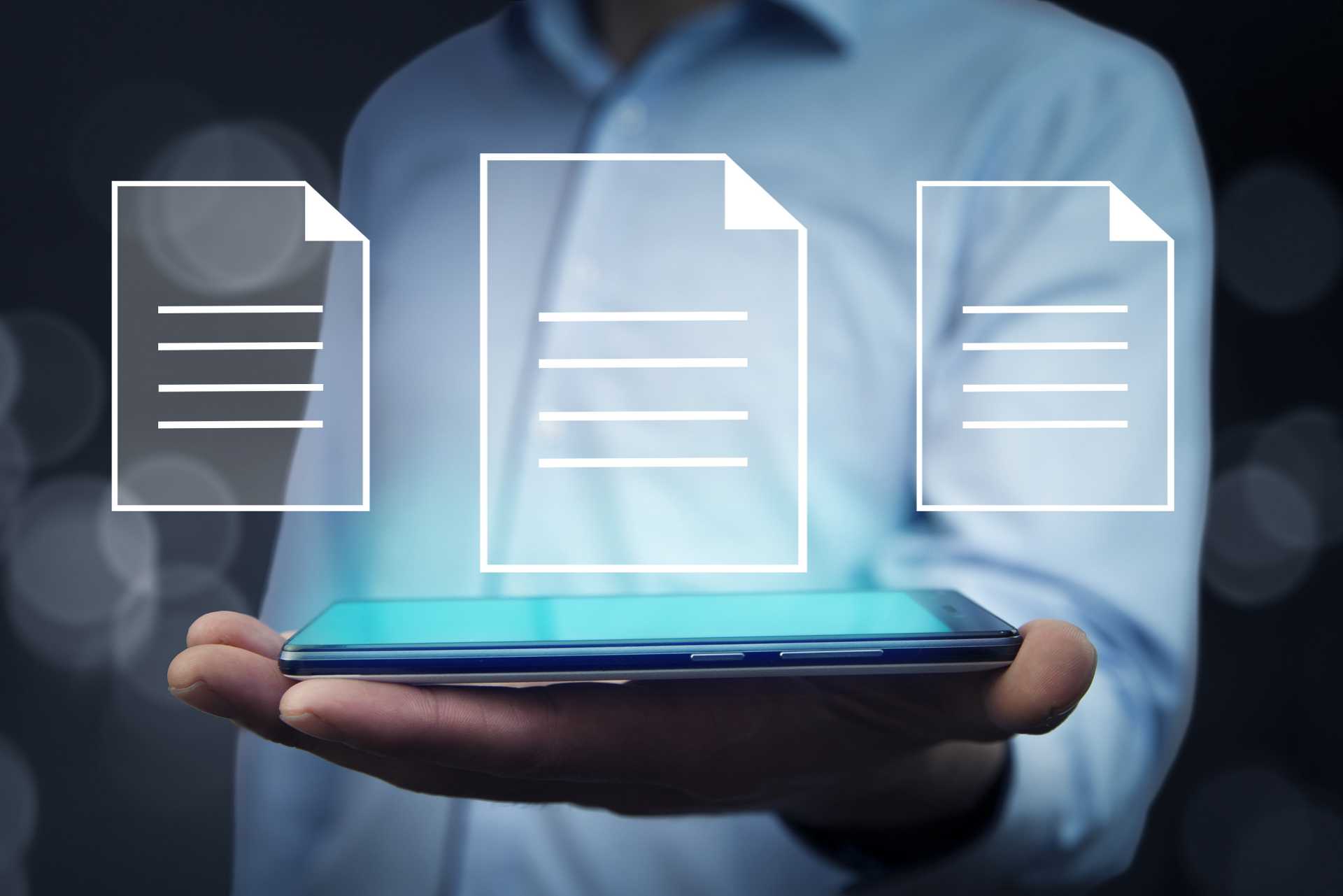What is a digital document?
Signing a digital document is a new way to sign a contract or an agreement.
But what is a digital document? The Italian Digital Administration Code (CAD – Legislative Decree 82/2005) defines it as “the computerized representation of judicially relevant deeds, events or data”.
Another definition is that of the elDAS (UE Regulation n. 910/2014), the electronic IDentification, Authentication and trust Services Regulation, which describes it as “any content stored in electronic form, in particular text or sound, visual or audiovisual recording”.
Signing a digital document: what are SES, AdES and QES
The eIDAS Regulation governs 3 types of electronic signatures:
- Simple
- Advanced
- Qualified
Here is a brief description of each of them:
Simple Electronic Signature (SES)
The generic electronic signature is considered the most common and weak type of e-signature. This is due to the fact that it doesn’t require any tool to certify the authenticity and integrity of the signed document. The probative value of the document on which the simple electronic signature is affixed can only be determined by a judge.
The elDAS Regulation describes it as a set of “data in electronic form which is attached to or logically associated with other data in electronic form and which is used by the signatory to sign“. A classic example is the the sending of an ordinary e-mail message.
Advanced Electronic Signature (AdES)
The advanced electronic signature is more secure than the simple electronic signature. It must meet the following requirements:
- It must be related only to the signatory;
- It must allow the identification of the signatory;
- It must be created using data for the creation of an electronic signature that the signatory can, with a high level of security, use under his own exclusive control;
- It must be linked to the signed data and allow the identification of any subsequent changes to them.
An example of an advanced electronic signature is the handwritten biometric signature/graphometric signature made on a tablet using a stylus.
Qualified Electronic Signature (QES)
A qualified electronic signature is a particular type of AdES. In addition to the features of an advanced electronic signature, the QES:
- Is created on a qualified electronic signature creation device;
- Is based on a qualified digital certificate;
- Has the equivalent legal effect of a handwritten signature.
Signing a digital document with the Digital Signature or the Remote Digital Signature
The Digital Signature is a type of qualified electronic signature, used only in Italy and regulated by the Italian CAD. It has the same validity as a handwritten signature on paper.
It guarantees the authenticity, non-repudiation and integrity of the message. In addition, it simplifies the sending of documents via the Internet and reduces storage costs.
To sign a digital document with this QES, you need to buy a kit consisting of a physical tool, such as a business key or a smart card with a special reader, containing the signature certificates.
The kit can only be issued by one of the certification bodies accredited by the Agency for Digital Italy (AgID). However, business owners can also contact the local Chamber of Commerce.
Instead, the Remote Signature is a type of Digital Signature that makes the process of signing digital documents easier, faster and safer.
Unlike the Digital Signature, the Remote Signature does not require a physical tool. All you need is a device connected to the Internet, a signature software to select the texts to sign and a One Time Password generated by a token or an app that guarantees the security of operations.








